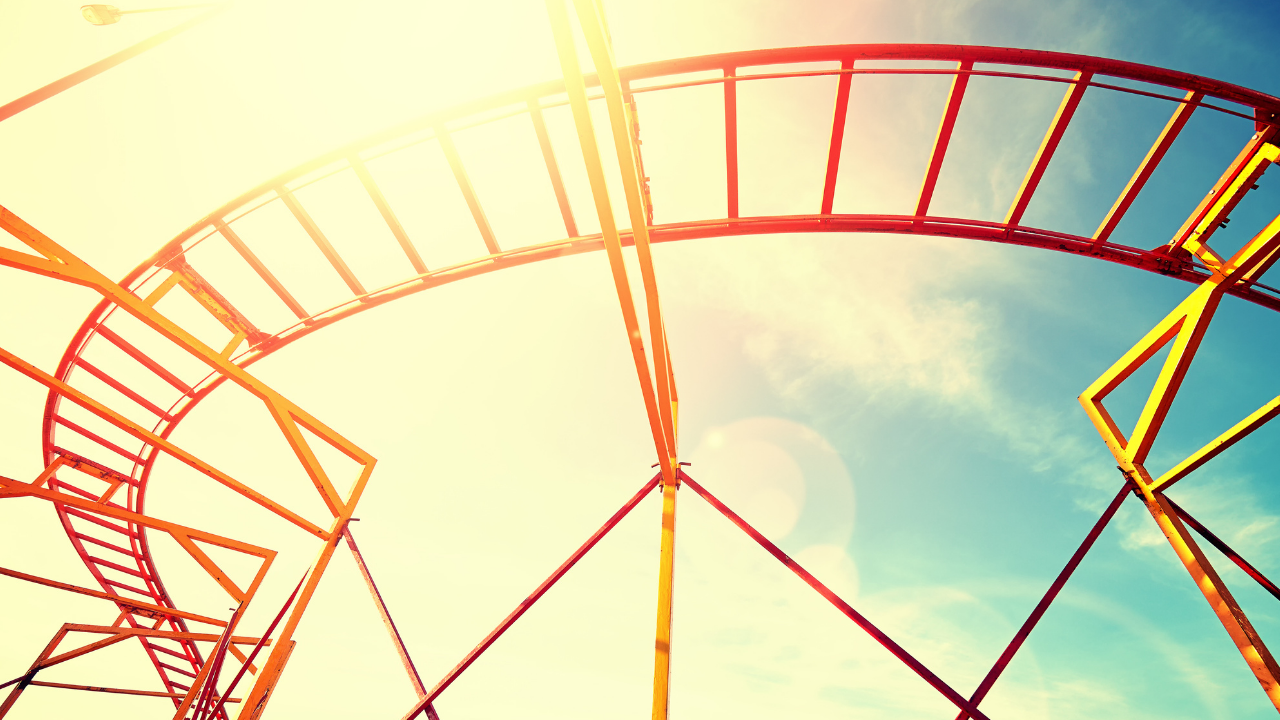now what?

Rollercoasters: Yes or no?
I have friends who love ’em, and friends who, like me, cannot be dragged near one. I was once tricked into going on Space Mountain by two people who should have known better. I still speak to them—well, one of them!
I’m more of a merry-go-round type of person, as long as they don’t spin too fast. The car-sickness struggle is real, but there’s consolation in the words of Gustave Flaubert, who once wrote to a friend that a settled, ordinary life is what makes it possible to be fierce and adventurous in one’s work.
Clearly, real life and fiction are two different things. Yet good art has a way of piercing through the fog of everyday perception and revealing profound emotional and psychological truth. Our lives are a search for meaning. Great storytelling gives us exactly that.
If you’re a noir-minded sort of person, you might argue that stories offer the false comfort that there is meaning in what is essentially chaos. You may even write stories that attempt to demonstrate this! #irony
If you’re more of an optimist, as I am, you might feel that great stories reveal the gorgeous, timeless order of things that we mere mortals only rarely glimpse. They let us hear the music of the spheres that dogs (obviously) can hear all the time, but that we foggy-brained humans only perceive when we’re at our most aligned.
Personally, I’ll take the ancient thrill of story structure over the temporary adrenaline rush of a rollercoaster any day. But allow me to make use of the metaphor nevertheless: If you can imagine the midpoint of your second act as the tippy-top of a rollercoaster, you know what must come next.
It’s not just more of the same. It is a downward plummet along a narrow, perilous track.
The pace picks up dramatically. By now we know the rules of the world and have met the important players, so little needs to be explained. The narrative focus tightens on a single target: the end of second act scene you promised the reader long ago, when your hero’s mission was revealed.
Scene after scene, dominoes fall. Your hero is able to act more boldly now, with more clarity and less rumination. The stakes are higher than ever before (remember what happened at the midpoint?). Time is running out.
The post-midpoint second act has a different vibe than what came earlier. Like a smart marathon runner, your hero didn’t squander all her resources right away. She will shift into a different gear in the second half of the race. She’ll dig deeper, focus harder, dare more, take bigger risks.
In real life, we naturally prefer the easier, safer path. Most of us would never choose to live the experiences we must put our hero through.
In life, you can ride the merry-go-round all you like. In story, it’s a rollercoaster all the way, especially after the midpoint!
TIP: Once past the midpoint, pick up the pace and tighten the focus on the hero’s mission.


